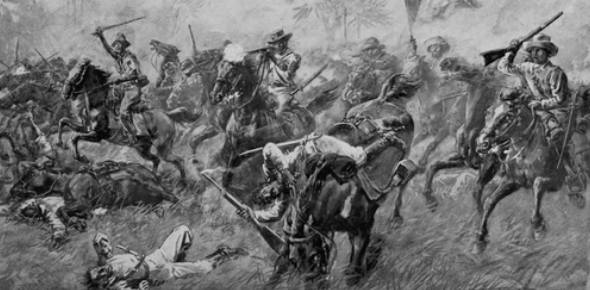Independence Day Quiz: Test Your GK!

.
- 1.
Who created the Indian National Army for Indian Independence?
- A.
Netaji Subhash Chandra Bose
- B.
Bal Gangadhar Tilak
- C.
Sardar Vallabh Bhai Patel
Correct Answer
A. Netaji Subhash Chandra BoseExplanation
Netaji Subhash Chandra Bose is the correct answer because he was the founder and leader of the Indian National Army (INA), also known as Azad Hind Fauj. Bose formed the INA with the objective of achieving Indian independence from British rule. Under his leadership, the INA fought alongside the Japanese against the British during World War II. Bose's efforts and the formation of the INA played a significant role in the Indian independence movement.Rate this question:
-
- 2.
Who was the first woman President of the Indian National Congress?
- A.
Sarojini Naidu
- B.
Annie Besant
- C.
Kamala Nehru
Correct Answer
B. Annie BesantExplanation
Annie Besant was the first woman President of the Indian National Congress. She was a prominent British socialist, women's rights activist, and theosophist. Besant played a crucial role in the Indian independence movement and was known for her advocacy of Indian self-rule. As the President of the Indian National Congress in 1917, she actively worked towards promoting the rights and welfare of Indians. Her leadership and dedication made her a significant figure in the history of Indian nationalism.Rate this question:
-
- 3.
The picture shown below is associated with which movement or event.
- A.
Protest against Simon Commission
- B.
Dandi March
- C.
Quit India Movement
Correct Answer
B. Dandi MarchExplanation
The correct answer is Dandi March. The picture shown below is associated with the Dandi March, also known as the Salt March. It was a significant event in the Indian independence movement led by Mahatma Gandhi. In 1930, Gandhi and his followers walked 240 miles to the coastal village of Dandi to protest against the British monopoly on salt production and sales. This act of civil disobedience sparked widespread protests and played a crucial role in mobilizing the Indian masses against British colonial rule.Rate this question:
-
- 4.
Which state is in the eastern most state of India?
- A.
Arunachal Pradesh
- B.
Manipur
- C.
Assam
Correct Answer
A. Arunachal PradeshExplanation
Arunachal Pradesh is the correct answer because it is located in the northeastern part of India and shares its border with China. It is the easternmost state of India, making it the correct option in this question.Rate this question:
-
- 5.
The call ‘Dilli Challo’ was given by:
- A.
Mahatma Gandhi
- B.
Lala Lajpat Rai
- C.
Subhash Chandra Bose
Correct Answer
C. Subhash Chandra BoseExplanation
Subhash Chandra Bose gave the call 'Dilli Challo' as a part of his slogan 'Tum mujhe khoon do, main tumhe aazadi dunga' during the freedom struggle. This call was aimed at rallying the masses and motivating them to march towards Delhi and fight for independence. Bose's leadership and determination played a significant role in mobilizing people and creating a sense of unity and purpose in the fight against British rule.Rate this question:
-
- 6.
Quit India movement was led by………………………
- A.
Mahatma Gandhi
- B.
Lal Bahadur Shastri
- C.
Jawaharlal Nehru
Correct Answer
A. Mahatma GandhiExplanation
The Quit India movement was a crucial milestone in India's struggle for independence from British rule. It was launched by Mahatma Gandhi, who called for Indians to engage in nonviolent civil disobedience to demand an end to British colonial rule. Gandhi's leadership and his philosophy of nonviolence played a significant role in mobilizing millions of Indians to join the movement and actively participate in the fight for freedom. His charismatic personality and ability to inspire and unite people made him the natural choice to lead the Quit India movement.Rate this question:
-
- 7.
What is the important function of Parliament?
- A.
Collecting taxes
- B.
Governing
- C.
Law making
Correct Answer
C. Law makingExplanation
The important function of Parliament is law making. Parliament is responsible for creating, debating, and passing laws that govern the country. This involves the process of introducing bills, discussing them in both houses of Parliament, and ultimately passing them into law. Law making is crucial for maintaining order, ensuring justice, and regulating various aspects of society. It allows for the creation and enforcement of rules and regulations that govern the behavior and actions of individuals and institutions within a country.Rate this question:
-
- 8.
Who was the founder of Indian National Congress?
- A.
Egbert William
- B.
A.O.Hume
- C.
Alfred George
Correct Answer
B. A.O.HumeExplanation
A.O. Hume was the founder of the Indian National Congress. He was a British civil servant who played a crucial role in the formation of the Congress in 1885. Hume believed that a political platform was needed to unite the Indian population and advocate for their interests. He organized the first session of the Congress in Bombay, where prominent Indian leaders came together to discuss political issues and demand reforms from the British government. Hume's efforts laid the foundation for the Congress to become a significant political force in the Indian independence movement.Rate this question:
-
- 9.
Jalianwala Bagh Massacre took place in the city of?
- A.
Amritsar
- B.
Jalandhar
- C.
Mohali
Correct Answer
A. AmritsarExplanation
The Jalianwala Bagh Massacre took place in the city of Amritsar. This historical event occurred on April 13, 1919, when British troops under the command of Colonel Reginald Dyer fired upon a peaceful gathering of thousands of Indians who were protesting against the repressive Rowlatt Act. The incident resulted in the death of hundreds of innocent people and left a deep scar on the Indian freedom struggle. Amritsar, a city in the state of Punjab, is therefore the correct answer.Rate this question:
-
- 10.
When did the First war of Independence start?
- A.
1910
- B.
1947
- C.
1857
Correct Answer
C. 1857Explanation
The correct answer is 1857. This date refers to the start of the First war of Independence, also known as the Indian Rebellion of 1857. This rebellion was a major uprising against British rule in India and was a significant event in the country's struggle for independence. It began with a mutiny of Indian soldiers in the British East India Company's army and quickly spread to various parts of India. The rebellion lasted for about a year and had a profound impact on the Indian independence movement.Rate this question:
-
- 11.
On the eve of the Independence Day, who delivers the “Address to the Nation”, which is televised nationally?
- A.
Head of Indian Army
- B.
Prime Minister of India
- C.
President of India
Correct Answer
C. President of IndiaExplanation
On the eve of Independence Day, the President of India delivers the "Address to the Nation," which is televised nationally. This address is an important tradition where the President reflects on the achievements of the country, highlights the challenges faced, and outlines the government's plans and vision for the future. As the head of state, the President is responsible for representing the nation and addressing the citizens on significant occasions like Independence Day. The Prime Minister and the Head of Indian Army also play crucial roles in the celebration, but it is the President who delivers the televised address.Rate this question:
-
- 12.
Who wrote the poem Saare Jahan Se Achha?
- A.
Muhammad Iqbal
- B.
Sarat Chandra
- C.
Sahir Ludhianvi
Correct Answer
A. Muhammad IqbalExplanation
The correct answer is Muhammad Iqbal. Muhammad Iqbal, a renowned poet and philosopher, is the author of the poem "Saare Jahan Se Achha." This patriotic poem is widely regarded as one of his most famous works and has become an iconic expression of love for one's country. Iqbal's writings often explored themes of nationalism and spirituality, and "Saare Jahan Se Achha" reflects his deep love and pride for India.Rate this question:
-
- 13.
Who designed our national flag?
- A.
Dr. Babasaheb Ambedkar
- B.
Venkat Ratnamma
- C.
Pingali Venkayya
Correct Answer
C. Pingali VenkayyaExplanation
Pingali Venkayya is the correct answer because he is the person who designed the national flag of India. He presented his design to Mahatma Gandhi in 1921, which later became the official flag of the Indian National Congress. The flag went through some modifications before it was adopted as the national flag of India on 22nd July 1947. Therefore, Pingali Venkayya is the correct answer for the designer of our national flag.Rate this question:
-
- 14.
Who is regarded as the “Architect of the Indian Constitution”?
- A.
Jawaharlal Nehru
- B.
Rajendra Prasad
- C.
B R Ambedkar
Correct Answer
C. B R AmbedkarExplanation
B R Ambedkar is regarded as the "Architect of the Indian Constitution" because he played a crucial role in drafting and framing the constitution. As the chairman of the drafting committee, he was responsible for shaping the constitution and ensuring that it reflected the values and aspirations of the Indian people. His deep understanding of social issues and his commitment to equality and justice greatly influenced the constitution's provisions on fundamental rights, social justice, and affirmative action. Ambedkar's significant contributions to the constitution-making process make him deserving of the title "Architect of the Indian Constitution."Rate this question:
-
- 15.
Our National Anthem is written by:
- A.
Bal Gangadhar Tilak
- B.
Rabindranath Tagore
- C.
Bankim Chandra Chatterjee
Correct Answer
B. Rabindranath TagoreExplanation
Rabindranath Tagore is the correct answer because he is the author of the Indian National Anthem, "Jana Gana Mana". Tagore wrote the song in Bengali language and it was adopted as the National Anthem of India in 1950. Tagore was a renowned poet, writer, and musician, and his composition has become a symbol of national unity and pride for India.Rate this question:
-
Quiz Review Timeline +
Our quizzes are rigorously reviewed, monitored and continuously updated by our expert board to maintain accuracy, relevance, and timeliness.
-
Current Version
-
Aug 18, 2023Quiz Edited by
ProProfs Editorial Team -
Aug 11, 2016Quiz Created by
Corporate HR
- Anniversary Quizzes
- Birthday Quizzes
- Black Friday Quizzes
- Childrens Day Quizzes
- Cinco De Mayo Quizzes
- Columbus Day Quizzes
- Earth Day Quizzes
- Fourth Of July Quizzes
- Halloween Quizzes
- Holy Week Quizzes
- Labor Day Quizzes
- Memorial Day Quizzes
- Mothers Day Quizzes
- New Year Quizzes
- Presidents Day Quizzes
- Saint Patricks Day Quizzes
- Thanksgiving Quizzes
- Valentines Day Quizzes
- Womens Day Quizzes
- Womens Equality Day Quizzes
- World Quality Day Quizzes
- World Tourism Day Quizzes
 Back to top
Back to top



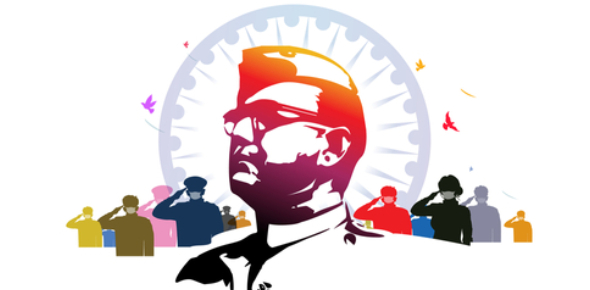
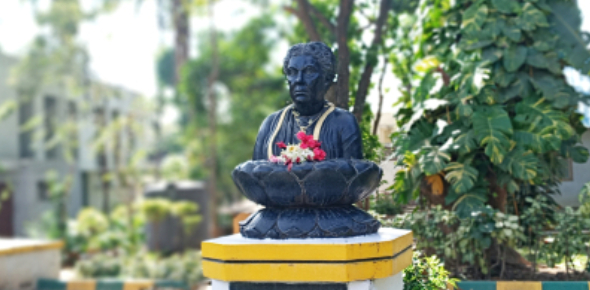
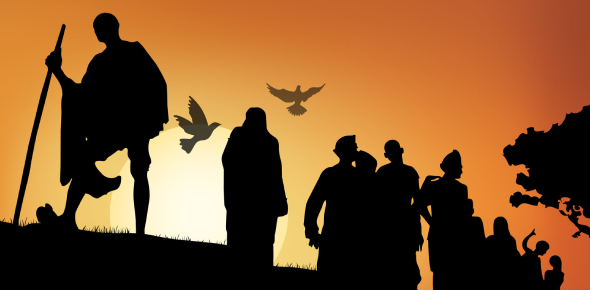
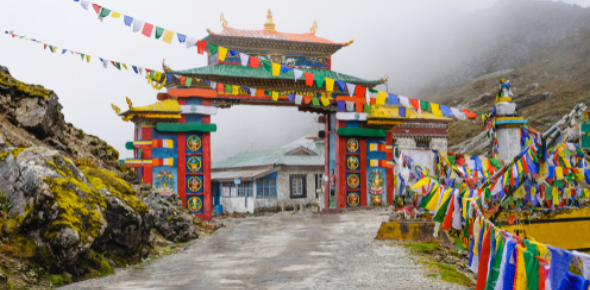
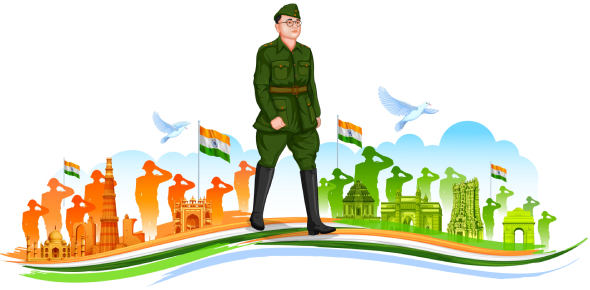
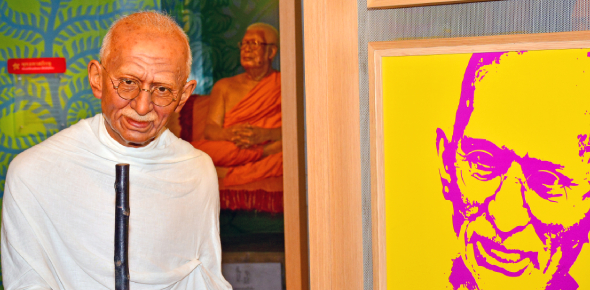

.jpg)

